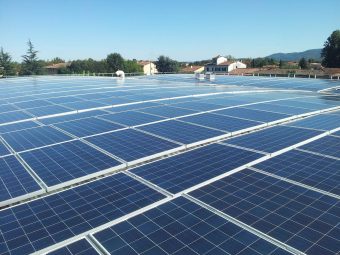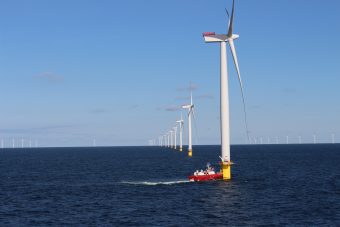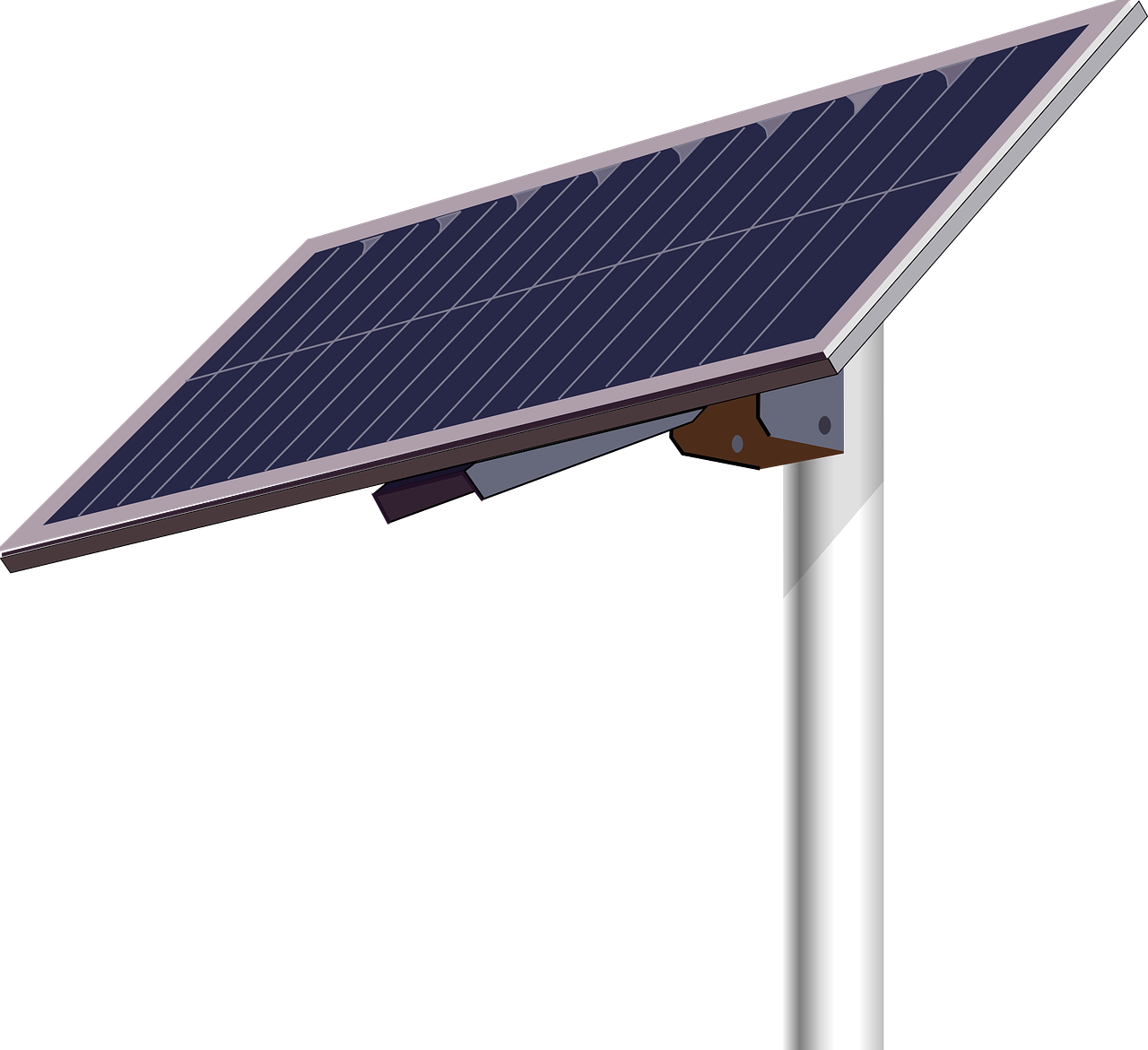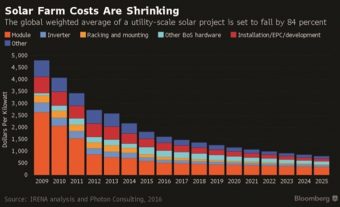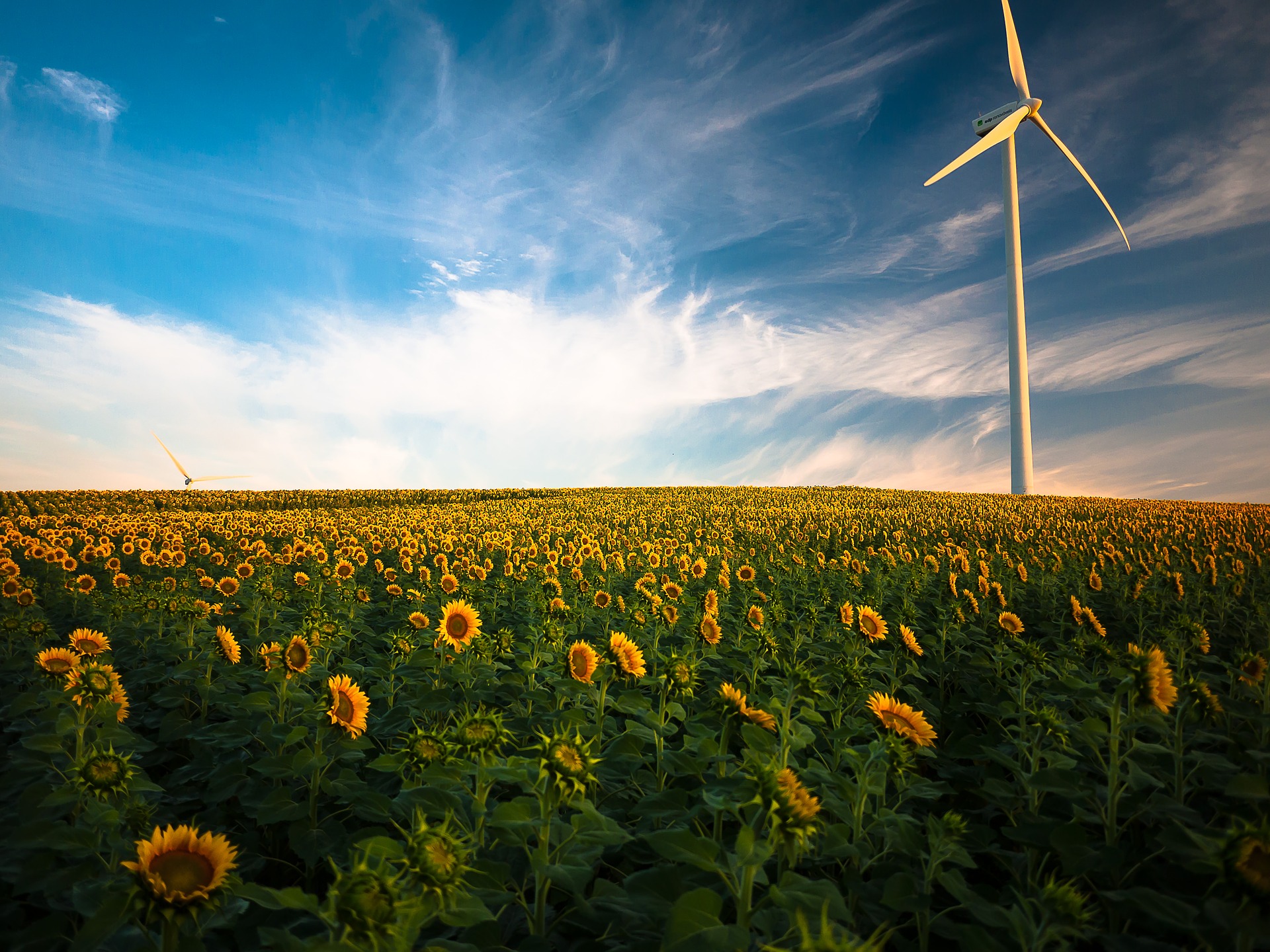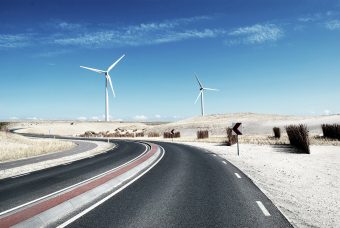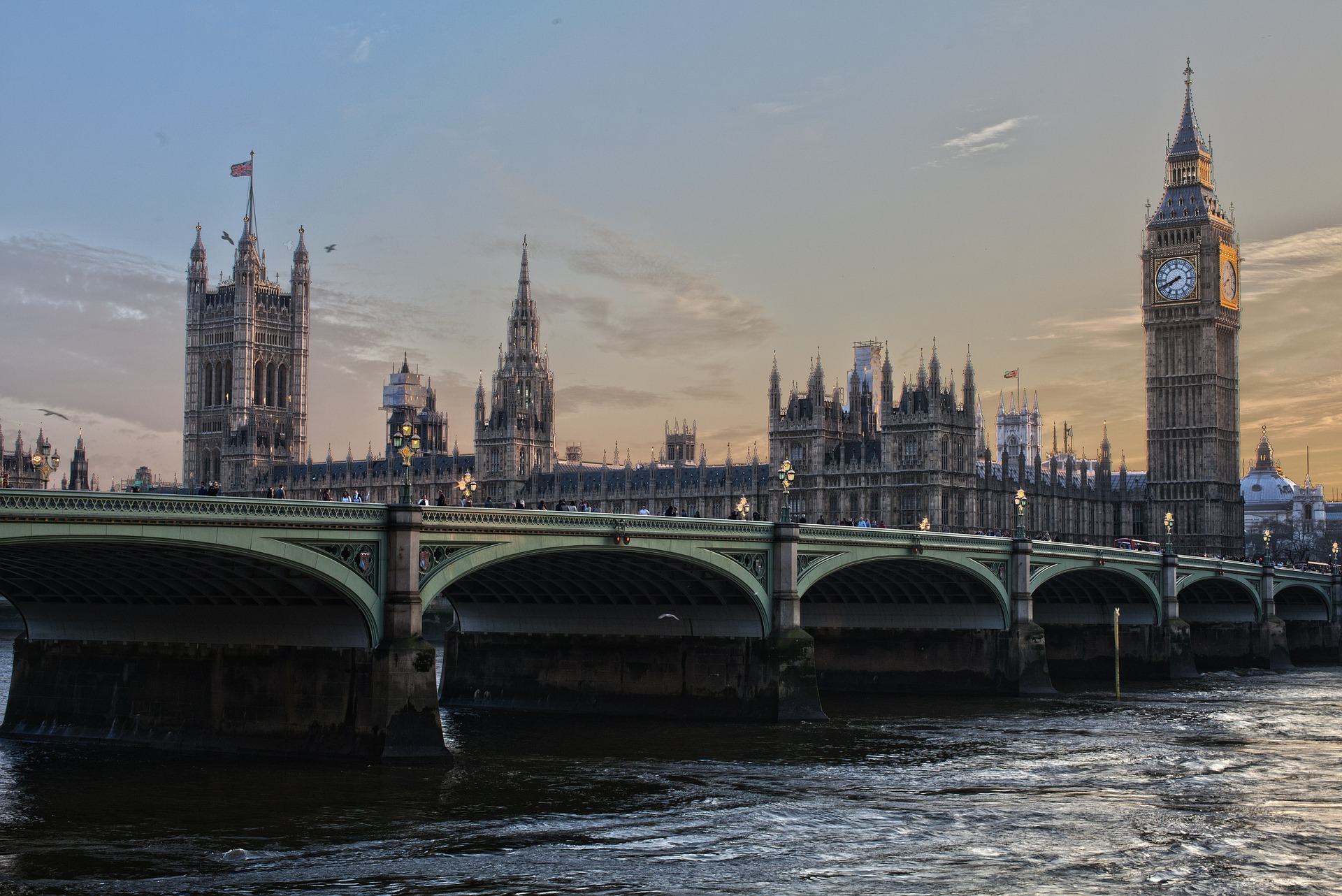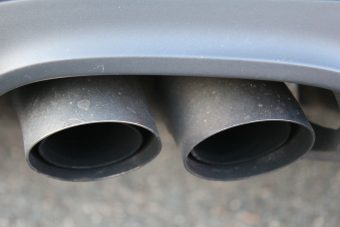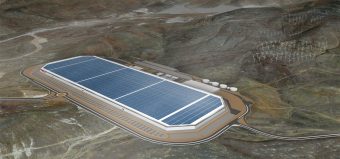
OPEC Secretary General, HE Mohammad Sanusi Barkindo, has been named ‘Man of the Year’ for 2016 by The Daily, the leading African online newspaper.
The Daily explained: “This year,” the letter announcing the award states, “the choice is anchored on your untiring efforts, your adoption of strategic measures, your making of diplomatic shuttles, your engagement with oil-producing and consuming nations, your holding of various fora and your positive actions – all of which culminated in the rise of crude oil prices from less than $30 to over $50 per barrel in the global oil markets.”
“With these and other feats, we are very optimistic that many multiplier effects, including new investments, new oil and gas finds, additional reserves, job creation, new technologies, capacity-building, and increased concerns for the environment, will become ever more positive,” it added.
HE Barkindo, who was born in Yola, Adamawa State, Nigeria, has long ties with OPEC. A former long-standing OPEC National Representative for his country, he has served as OPEC Governor and also spent some time as Acting OPEC Secretary General.
During his working career, HE Barkindo has occupied many key positions in Nigeria’s public and private sectors, including a period as Group Managing Director of the Nigerian National Petroleum Corporation (NNPC).
Source: opec.org







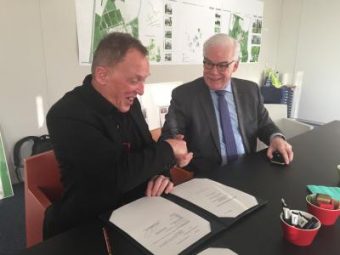 Dutch Social housing foundation Sint Trudo and the European Investment Bank (EIB) have today signed a financing agreement of EUR 150 million. The facility made available by the EIB will be used for new, largely energy neutral, housing as well as making existing social housing more sustainable.
Dutch Social housing foundation Sint Trudo and the European Investment Bank (EIB) have today signed a financing agreement of EUR 150 million. The facility made available by the EIB will be used for new, largely energy neutral, housing as well as making existing social housing more sustainable.
